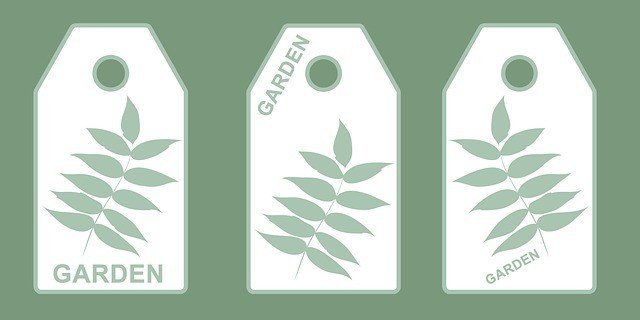It’s never too early to start planning next year’s urban garden. Especially if you are planting cover crops and live somewhere with a mild winter. I used to be intimidated by making an actual crop plan, but once I decided to try and be an urban, market farmer I knew that it was something I couldn’t avoid; and honestly, it’s something that has helped me tremendously. Here are my three pillars of market garden planning.
Label your urban garden beds
I drew up a diagram of my entire urban farm (which is less than a half-acre and is shared by my house, dogs, and chickens). Once I had the general layout drawn, I labelled each block of beds and then numbered each bed within that block. In order to do this accurately, you are going to need exact measurements of each of your growing areas.
The standard bed width is 30”, which is what I recommend using, since most market garden equipment is designed for this width. Walkways come in a variety of sizes, but if you’re lacking space like me, then the smaller the better. I’m using 12” paths on my farm. Once you have all of this information you can figure out exactly how many beds you can fit and you will know exactly how long each bed is.

Decide what seeds your planting
Before you can make any sort of crop plan, you need to know what exactly you’re planting. If you’re trying to market garden, I would start out by staking out your local farmer’s markets and see what sells first. You want to have products in your area that people want to buy. Once you have a general list, go online and find the exact seeds that you want to order.
Then, start a spreadsheet that has their days to maturity, how many weeks before last frost they can be planted, how many weeks they need to germinate indoors, bed spacing, how many seeds per foot of bed, and the link to purchase the seeds. All this information makes it easy to know exactly how much seed you need to order, how long the crop will take, and how much room you need. I recommend either getting a couple different varieties for each type of crop, or else plan on planting them in succession in order to get a constant supply throughout the season.

Decide where to plant
I make another spreadsheet for this part, only this one is a little more complicated. Each row is labelled for the individual beds, and each column is labelled for the weeks throughout the growing season. This makes it easy to block out the weeks for each crop within its specific bed. Growing in an urban setting means that you probably will want to max out each growing space, so the more beds you can flip during the season the better.
With this layout you should be able to get a general idea for how much each bed can produce over the year. Granted, farming isn’t exact, so not all of your dates will actually line up when it comes to next season, but it will give you a good idea of what to expect. Before you get started filling out the meat of the spreadsheet, there are three main things you need to consider: crop rotation, sun exposure, and fertility.

Crop Rotation – If you are gardening this year, then it is best to write down what crops you have where, so you make sure that you can rotate them for next year. Some crops, like potatoes, are more likely to get pests if they are planted in the same place year after year. Similarly, there are some crops that are best planted after another the crop the following year. For example, legumes replenish nitrogen, so it is good to plant corn where your beans were the previous year.
Sun Exposure – Being on an urban farm means that you may not have full sun on every bed, which is fine. Some crops grow better with a little shade. I find lettuce much easier to grow in the summertime when it gets some relief from the midday sun. Other crops, however, do best with as much sun as possible, so just plan accordingly. Fertility – If there are some beds that you know aren’t as fertile as others, you may want to plant crops that demand less from the soil, or consider removing those beds from production for part or all of a season and plant a cover crop to increase organic matter and fertility.
It may seem daunting but having this plan will help you immensely when preparing for the next season. You will be able to budget for seed, fertilizer, and crop yields, which are necessary for any market gardener. Good luck and happy planning!

